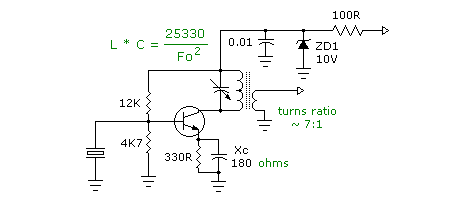Richman87
Newbie level 5
Hi,
I have a voice activated RF Transmitter, ~23MHz, powered from AC lines (220V 50Hz)[no ground wire].
It is always activated with noise sound in the Receiver,But it works normally while I'm touching the Ground track of PCB.
- after touching the PCB several times on several points, it appears to work normally (without hand touching it), but I'm afraid that it won't work for a long time..
If anybody has encountered this problem, please help me..
I have a voice activated RF Transmitter, ~23MHz, powered from AC lines (220V 50Hz)[no ground wire].
It is always activated with noise sound in the Receiver,But it works normally while I'm touching the Ground track of PCB.
- after touching the PCB several times on several points, it appears to work normally (without hand touching it), but I'm afraid that it won't work for a long time..
If anybody has encountered this problem, please help me..
